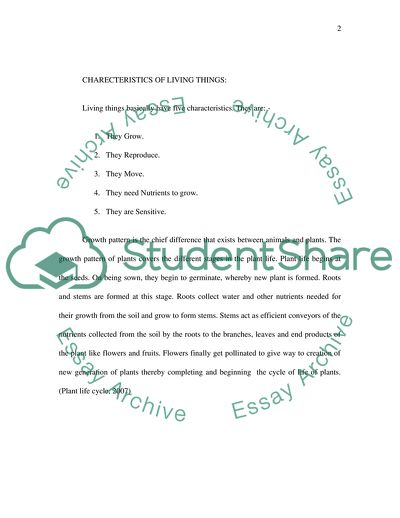Cite this document
(Living Process Coursework Example | Topics and Well Written Essays - 1250 words, n.d.)
Living Process Coursework Example | Topics and Well Written Essays - 1250 words. https://studentshare.org/education/1706024-a-critical-study-on-how-the-concept-of-the-unit-living-processes-in-science-classes-are-formed-by-primary-school-children
Living Process Coursework Example | Topics and Well Written Essays - 1250 words. https://studentshare.org/education/1706024-a-critical-study-on-how-the-concept-of-the-unit-living-processes-in-science-classes-are-formed-by-primary-school-children
(Living Process Coursework Example | Topics and Well Written Essays - 1250 Words)
Living Process Coursework Example | Topics and Well Written Essays - 1250 Words. https://studentshare.org/education/1706024-a-critical-study-on-how-the-concept-of-the-unit-living-processes-in-science-classes-are-formed-by-primary-school-children.
Living Process Coursework Example | Topics and Well Written Essays - 1250 Words. https://studentshare.org/education/1706024-a-critical-study-on-how-the-concept-of-the-unit-living-processes-in-science-classes-are-formed-by-primary-school-children.
“Living Process Coursework Example | Topics and Well Written Essays - 1250 Words”. https://studentshare.org/education/1706024-a-critical-study-on-how-the-concept-of-the-unit-living-processes-in-science-classes-are-formed-by-primary-school-children.


